One starts to wonder whether the art market has itself become a work of art
You could choose to see Marc Spiegler as rather more than simply a director of Art Basel; you could, in fact, see him as a megalomaniacal artist who – year after year – puts on the largest work of performance art the world has ever seen, one that incorporates the creativity of 4,000 other artists. There seems no limit to what this vast and unrivalled exhibition of contemporary art can achieve, until one starts to wonder whether the art market has itself has become a work of art, so colourful, energetic and distanced from the ‘real world’ has it become. From the event’s first VIP previews, Art Basel witnesses millionaire collectors, publicity-conscious gallery owners, well-known artists and (one suspects) a number of well-dressed imposters mingling in the Basel exhibition halls. The smell in the air is straight from the hip Australian cosmetics brand Aesop, while visitors wear everything from colourful suits to casual shorts and – most importantly – neon-colored running shoes, hot off the 3D printer.
32 million in 15 minutes
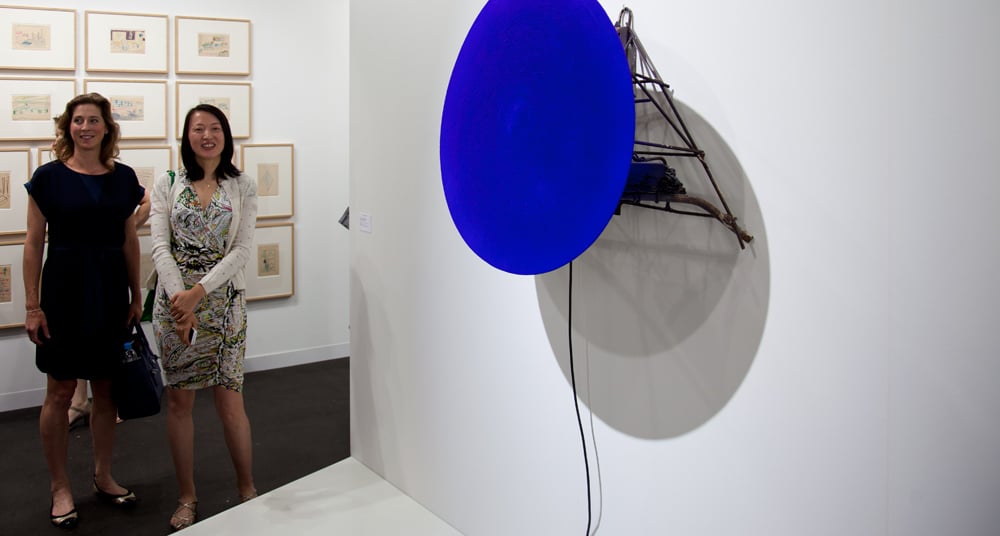
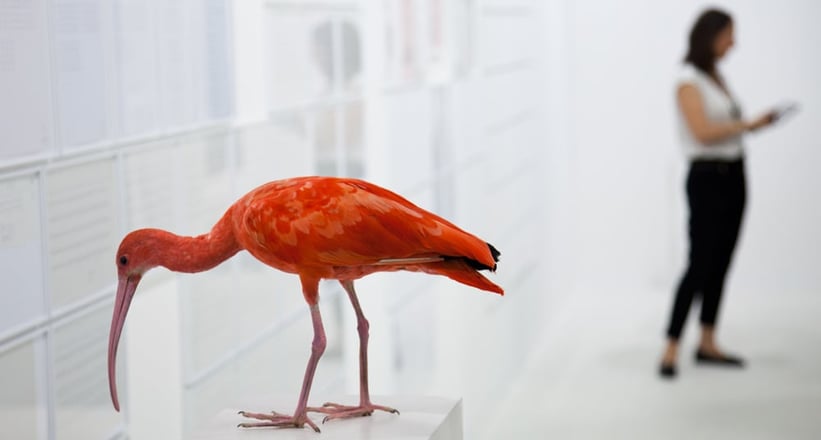
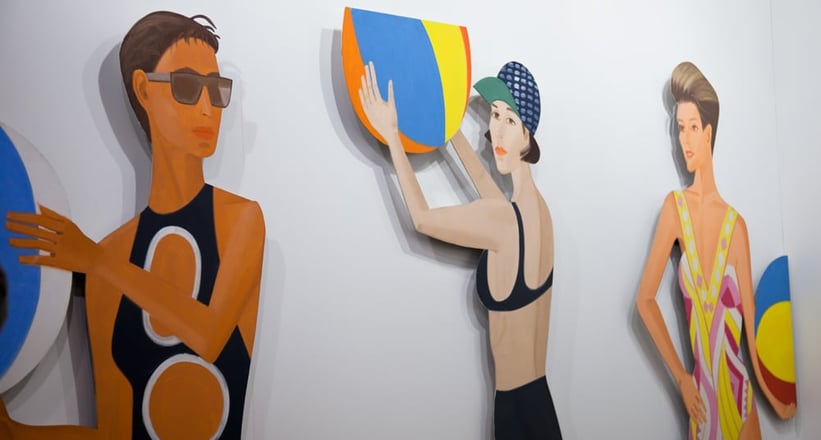
It’s hard to say who, in this sea of English, Korean and Russian individualists, has billions in the bank. But they are here somewhere, the great collectors and decorators: on the very first preview day, more than ten works sell for over a million dollars. ‘Fright Wig’ by Andy Warhol fetches 32 million U.S. dollars for the Skarstedt Gallery in the first 15 minutes alone; and the inflatable dolphin sculpture by Jeff Koons changes hands for 5 million U.S. dollars. The insurer AXA Art estimates that a staggering 4 billion dollars’ worth of exhibits is on show at this year's Art Basel. And the demand is huge. In addition to European and American collectors, there are more and more customers from South America, Asia, Russia and the Middle East. The artworks range in style from classical modernism to contemporary, expressed through paintings, sculpture and prints, along with photography and – increasingly – film.
Grabbing attention
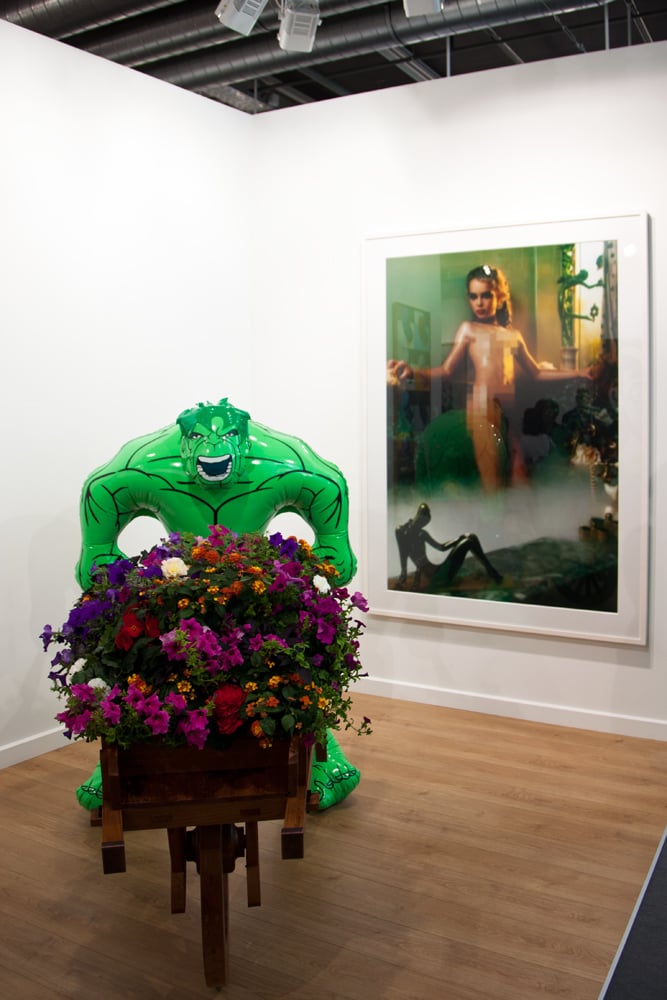
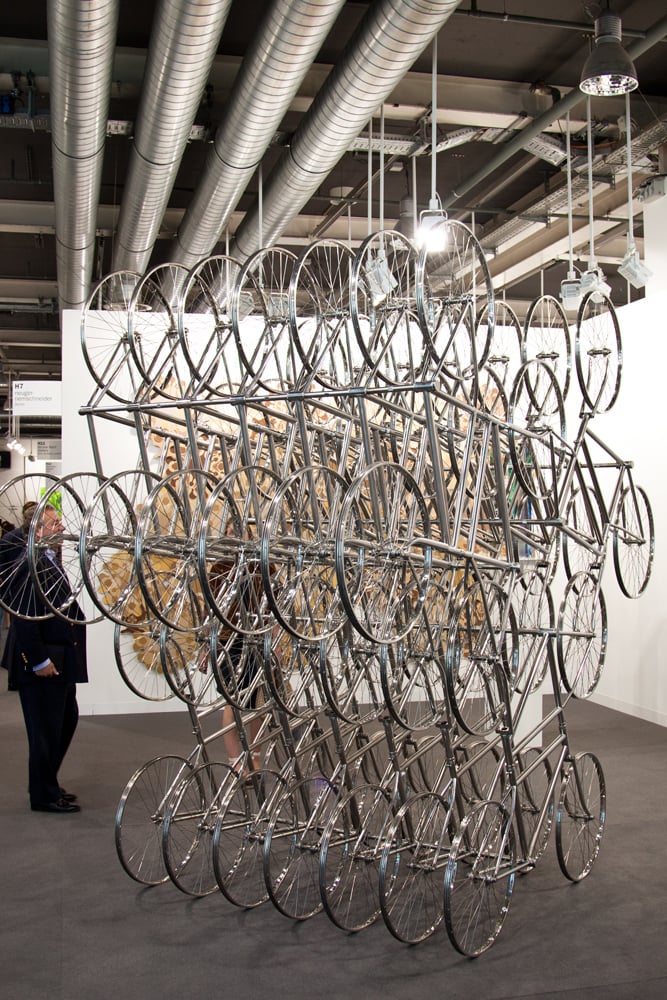
More than 1,700 artists are represented – but the big sellers are the big names, with predominantly bold, loud and colourful works. At the display by Jay Jopling's London gallery White Cube, visitors are entranced by one of the famous cabinets by Damien Hirst, the Gagosian Gallery delights visitors with Jeff Koons' Hulk pushing a barrow of flowers and, a few steps further on, you stand before Ai Weiwei's bicycle pyramid. Small-scale coloured pencil drawings don't generate much attention in Basel – unless you’re talking about the billboard artwork of renowned artist Sigmar Polke.
Christmas trees and stuffed snakes
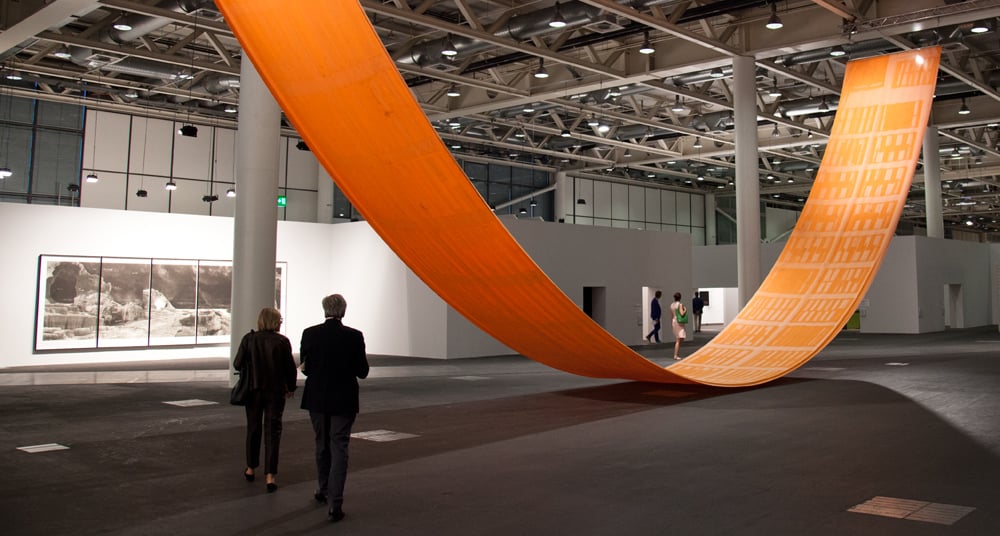
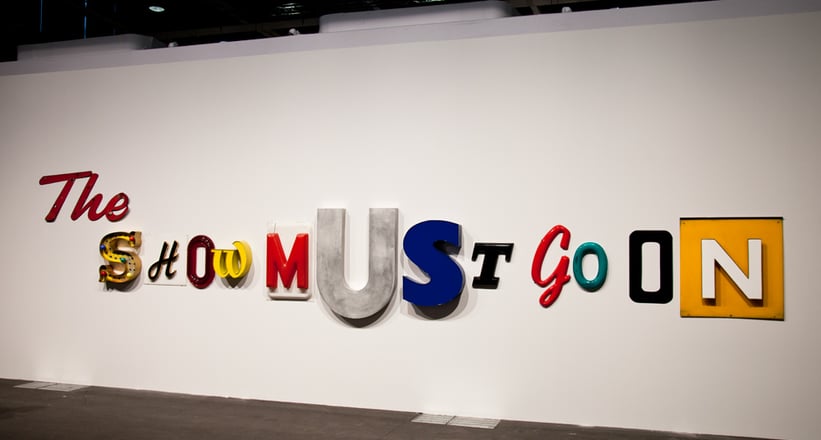
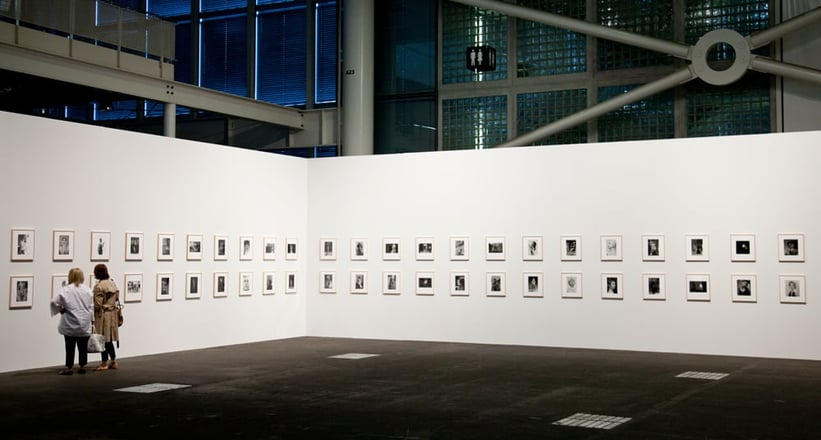
More dramatic (and for non-millionaires more satisfying) than the brightly coloured multi-million-dollar supermarket of the exhibition halls is the section titled ‘Art Unlimited’, where especially bulky and oversized works can be seen. This sort of art would not even fit into the most outrageously vast bachelor penthouse in London, Moscow or Shanghai, and is therefore of little interest to the ‘new money’ set. For instance, there is a huge orange fabric created by Sam Falls, which spans the hall. Equally impressive is the forked tree of Giuseppe Penone; or the giant stuffed snakes from Sterling Ruby's room-filling installation ‘Softwork’ that aims to awaken childhood memories. It’s a great artist who, in the midst of this dazzling exhibition, can still evoke real emotions.
Shockingly human
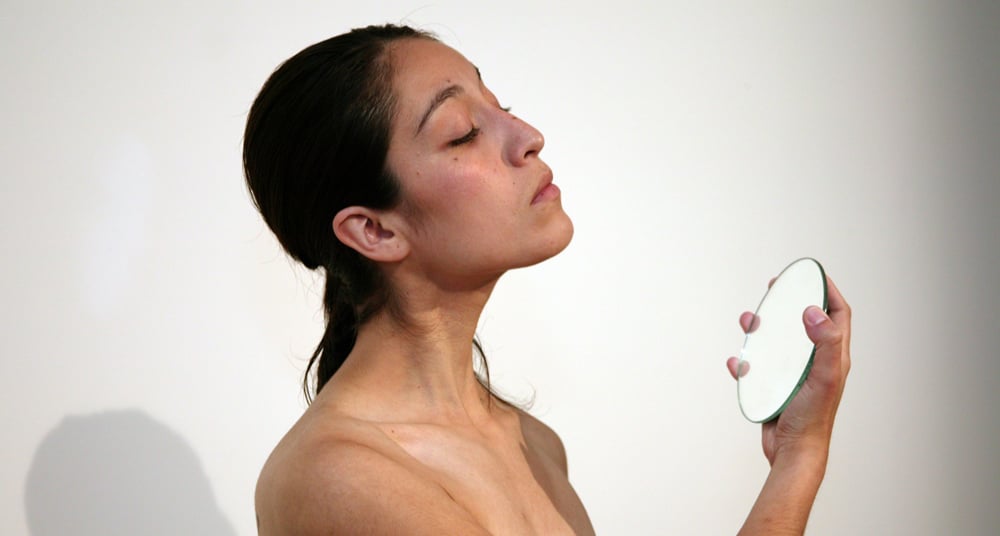

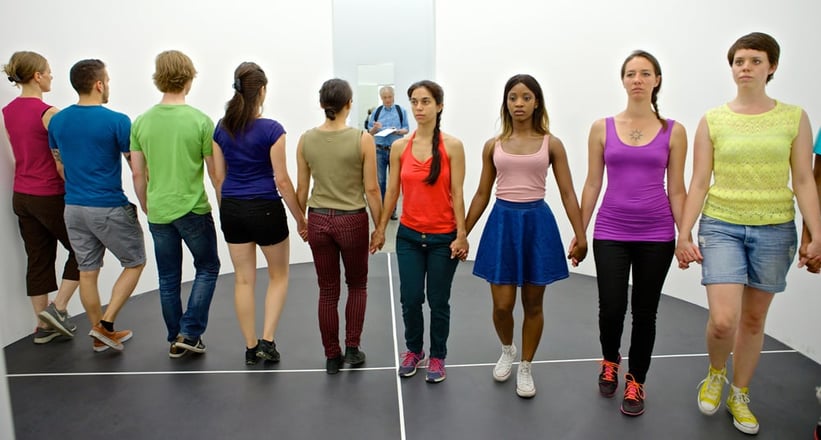
More shocking even than the apocalyptic corpses of the Chapman Brothers (as seen by visitors to major British art galleries) is the sight of a normal human body: in the glare of a spotlight sits a nude woman on a bicycle saddle, trying, with visible effort, to keep her arms outstretched. The ‘living work of art’ by Marina Abramovic is one of 14 performances in the ‘14 Rooms’ exhibition curated by MoMA Masterminds Hans-Ulrich Obrist and Klaus Biesenbach. It is surely the most impressive section of Art Basel 2014 because nowhere else are the observers so utterly consumed by what they are seeing. Whether observing the twins in the ‘Live Art’ by Damien Hirst, or waiting in the uncomfortable darkness of the room by Yoko Ono, the spectator becomes part of the artwork. Not, perhaps, the ideal decoration for your living room, these volatile human artworks are nevertheless intriguing in the extreme.
Invasion of the space stations

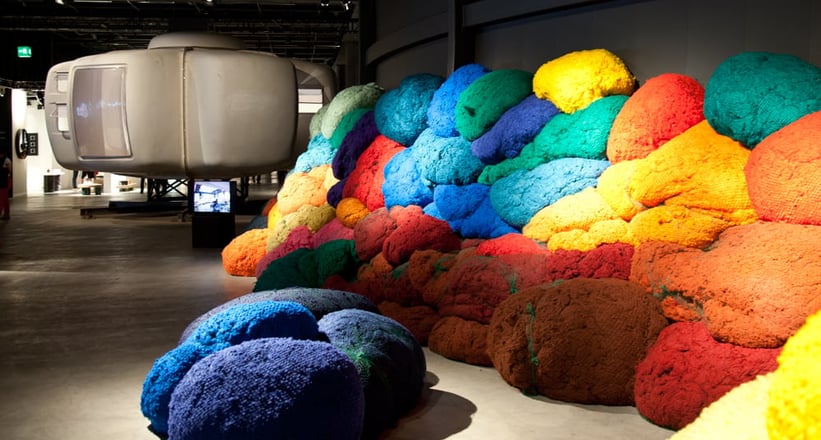
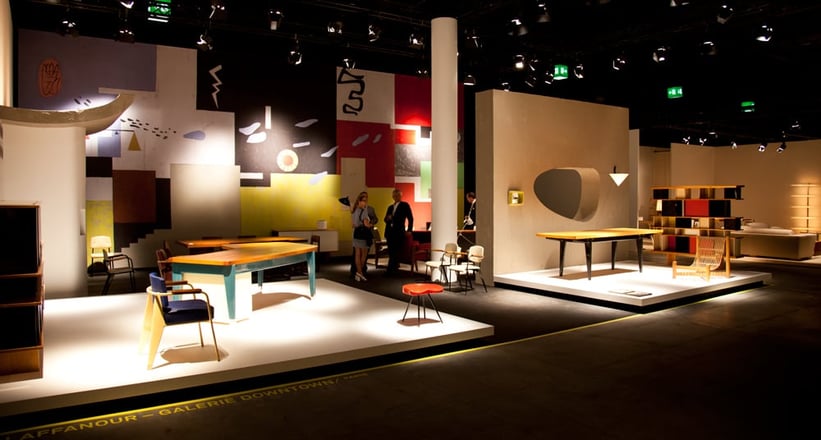
Following firmly in the footsteps of Art Basel, there is also Design Miami, where 51 galleries from 13 countries show classic and modern furniture and objects of design. Scandinavian design classics, mid-century pieces in the Mad Men style and industrial furniture by Jean Prouvé are all featured – the Laffanour Gallery of Paris offering one of the latter’s tables for sale, at a price of 500,000 euros. One interesting feature is the return of experimental architecture, clearly attracting the attention of collectors: the easily movable prefab ‘F 8x8 BCC’ of Jean Prouvé and Pierre Jeanneret, designed and built in 1942, serves as an exhibition space for the Patrick Seguin Gallery. The Jousse Entreprise Gallery, meanwhile, has brought the ‘Maison Bulle 6 Coques’ to Basel, a modular home with the look of a space station, And the ‘TT Pavilion’, developed for Audi by Konstantin Grcic, also resembles a lunar base, but perhaps useful in the urban jungle. If the windows of the pavilion look familiar, it's because they were previously used in Audi TT tailgates.
The right to slide
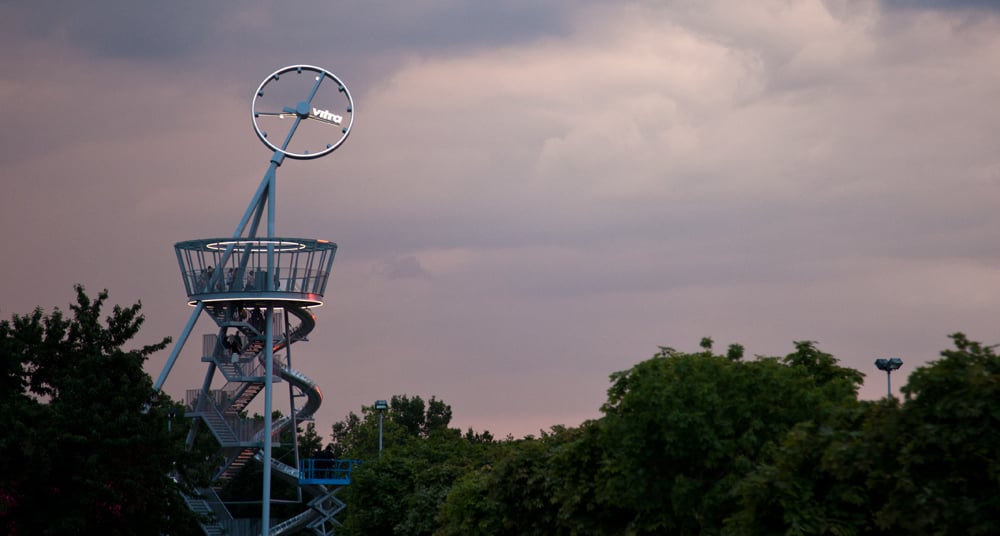
The fact that architecture doesn’t always have to be deadly serious is proved by furniture manufacturer Vitra in nearby Weil am Rhein. As part of the annual summer party for Art Basel, the Slide Tower was designed by Carsten Höller – a lookout tower giving views of the architectural gems of the site, with a built-in 'people slide’. At the opening, Carsten Höller proposed the ‘right to slide’, citing the slide as a more joyful alternative to stairs and lifts before the premiere audience was collectively invited to drop into the tube. Marc Spiegler couldn’t have found a better conclusion to his monumental performance of Art Basel.
Photos: Jan Baedeker / 14 Rooms



























































